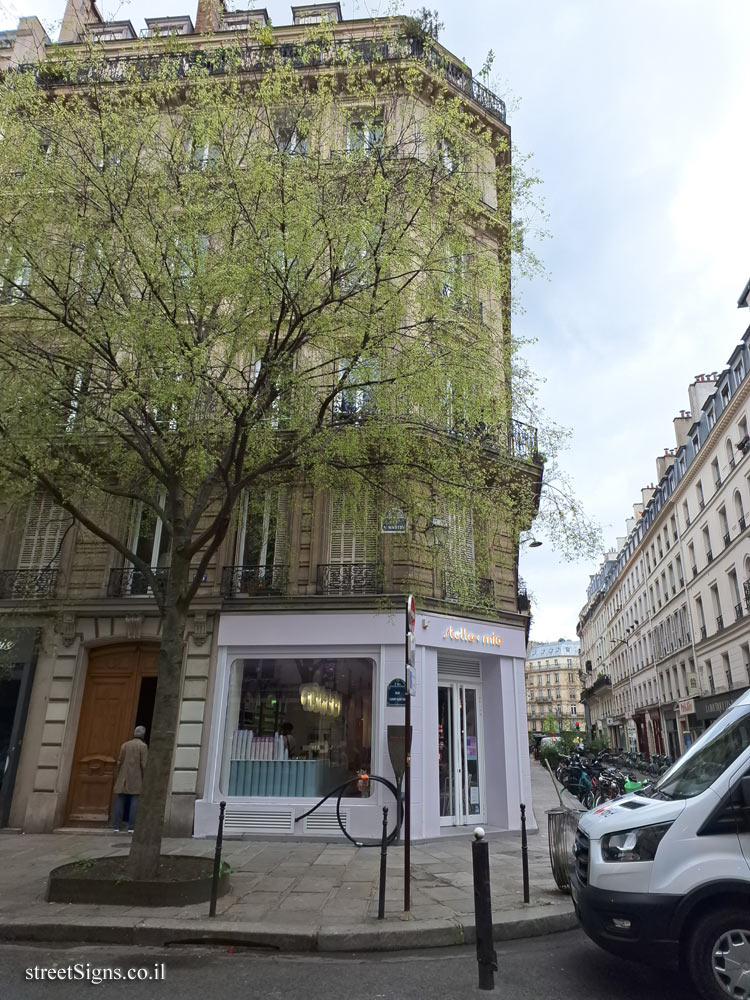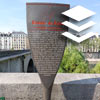
The ultimate street signs, historical sites and house numbers
 Click for a larger image
Click for a larger image  Click for all signs belonging to The History of Paris (Starck's Lollipops)
Click for all signs belonging to The History of Paris (Starck's Lollipops)
 The closest sign from this series (37 Meter): Paris - History of Paris - The House of Nicolas Flamel
The closest sign from this series (37 Meter): Paris - History of Paris - The House of Nicolas Flamel 
 151 Meter |
151 Meter |  211 Meter |
211 Meter |  223 Meter |
223 Meter |  246 Meter |
246 Meter |  281 Meter
281 Meter